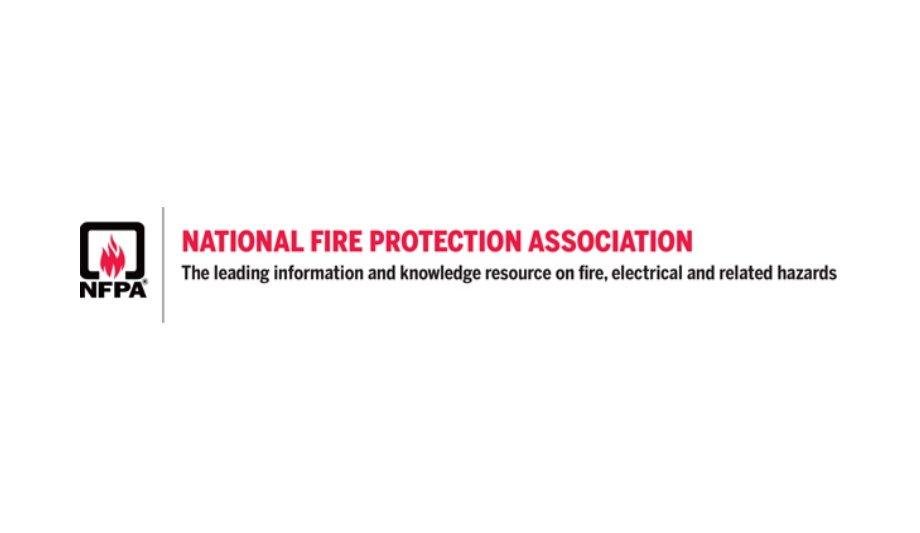The National Fire Protection Association (NFPA) has released findings from its latest “Fire Loss in the U.S.” report, which shows that the total number of U.S. fires overall rose eight percent from 2019 to 2020. While some year-to-year fluctuation is normal, this increase reflects a far from typical year due to the pandemic.
“In 2020, more people were working and studying at home, commuting far less, and spending more time socializing outside,” said Lorraine Carli, Vice President of Outreach and Advocacy at NFPA. “It appears that the fires followed these shifts.”
Overview of U.S. fires and their impact
According to the report, which provides a broad overview of how, when, and where U.S. fires occur and their impact on life and property, residential structure fires rose five percent from 2019 to 2020, while non-residential structure fires fell eight percent. Highway vehicle fires fell nine percent; outside and other fires rose 17 percent. Civilian deaths and injuries fell six percent and eight percent, respectively.
The estimated total of fires was 54% lower in 2020 while fire death and injury estimates were 46% and 50% lower
Over the long term, much progress has been made in reducing the U.S. fire problem. The estimated total of fires was 54 percent lower in 2020 than in 1980, while fire death and injury estimates were 46 percent and 50 percent lower, respectively, over the same period. Because the U.S. population has grown since 1980, population-based rates have dropped even more than the estimates have.
Declines in death rate
“Overall, we’ve seen significant declines in the total number of fires and fire deaths over the past 40 years. That’s the good news,” said Lorraine Carli, Vice President of Outreach and Advocacy at NFPA.
“At the same time, most of the reduction in reported fires and fire losses occurred more than a decade ago. There is still more work to do, particularly around home fires.”
Home fires
The report notes that less progress has been made in preventing fire deaths and injuries associated with reported home fires; three-quarters (74 percent) of all U.S. fire deaths occur in homes. The rate of 7.2 deaths per 1,000 reported home fires was almost identical to the rate of 7.1 in 1980.
The findings reinforce the critical importance of educating the public about how fast today’s home fires grow and spread
“While home fires are happening less often when they do occur, people are struggling to escape safely,” said Carli.
“These findings reinforce the critical importance of better educating the public about how fast today’s home fires grow and spread, how little time they have to escape from the time the smoke alarm sounds, and the know-how to use that time wisely in the event of a home fire.”
Key findings from the report
- Overall, local fire departments responded to an estimated 1,388,500 fires in 2020, resulting in 3,500 civilian deaths, 15,200 civilian injuries, and $21.9 billion in direct property damage
- Every 23 seconds, a fire department in the United States responds to a fire somewhere in the nation
- A fire occurs in a structure at the rate of one every 64 seconds, and a home fire occurs every 89 seconds
- The death rate per 1,000 reported one- or two-family home fires was 16 percent higher than in 1980, while the comparable rate for apartment fires was 43 percent lower
- Sixty-four percent of all U.S. home fire deaths occurred in one- or two-family homes; the other 10 percent occurred in apartments or other multi-family housing
- Eighteen percent of fire deaths were caused by vehicle fires
